METSEPM2KANLGIO22
EasyLogic PM2X30 – I/O Module – Analogue – 2 inputs + 2 outputs
- Stock status:
- Call for availability
- Manufacturer:
- Schneider
- Product code:
- METSEPM2KANLGIO22
Main documents
- Product datasheet
- Instruction sheet
- Catalogue
Related products
| Range | EasyLogic |
|---|---|
| Device short name | PM2K2AIAO |
| Product or Component Type | I/O module |
| Device Application | Optional expansion module |
| Range compatibility | EasyLogic EasyLogic PM2100 PM2130 EasyLogic EasyLogic PM2200 PM2230 |
| [Ui] Rated Insulation Voltage | 2500 V |
|---|---|
| Number of outputs | 2 analog, 4…20 mA |
| Output voltage | 12 V AC |
| Analogue input type | Analog input (impedance <= 300 Ohm) |
| Number of inputs | 2 analog 4…20 mA |
| Input voltage | 12…30 V AC |
| Analogue output type | Analog output 600 Ohm |
| Width | 3.56 in (90.5 mm) |
| Depth | 0.57 in (14.6 mm) |
| Height | 2.09 in (53 mm) |
| Net Weight | 1.76 oz (50 g) |
| Ambient air temperature for operation | 14…140 °F (-10…60 °C) |
|---|---|
| Ambient Air Temperature for Storage | -13…158 °F (-25…70 °C) |
| Category | US10PL109734 |
|---|---|
| Discount Schedule | 0PL1 |
| GTIN | 3606480800207 |
| Returnability | Yes |
| Country of origin | IN |
| Unit Type of Package 1 | PCE |
|---|---|
| Number of Units in Package 1 | 1 |
| Package 1 Height | 3.30 in (8.38 cm) |
| Package 1 Width | 3.90 in (9.91 cm) |
| Package 1 Length | 2.00 in (5.08 cm) |
| Package 1 Weight | 0.24 lb(US) (0.11 kg) |
Product Description
Schneider Electric
Schneider Electric is a multinational corporation specializing in energy management and automation solutions. With operations in over 100 countries, the company offers a wide range of products and services for various industries, including residential, commercial, and industrial.
Schneider Electric is focused on sustainability and innovation, aiming to help their customers manage energy efficiently and reduce their environmental impact.
Schneider Power Meters
Schneider Electric offers a comprehensive range of power meters designed to provide accurate monitoring, measurement, and management of electrical power in industrial, commercial, and residential settings. These power meters are essential for improving energy efficiency, reducing costs, and ensuring reliable power quality.

EasyLogic
The EasyLogic range from Schneider Electric offers cost-effective and reliable power meters designed for energy management and monitoring in commercial and industrial applications. These power meters are engineered to provide essential measurements and data, aiding in energy efficiency and operational optimization.
Key Features and Benefits:
Essential Measurement Capabilities:
Provides accurate measurements of key electrical parameters such as voltage, current, power, energy, and frequency.
Suitable for basic energy monitoring and management needs.
User-Friendly Interface:
Features easy-to-read displays and simple navigation, making it accessible for users with various levels of technical expertise.
Provides clear and concise information to facilitate quick decision-making and troubleshooting.
Cost-Effective Solution:
Designed to offer a balance between functionality and affordability.
Ideal for applications where advanced features are not required, focusing on core measurement and monitoring capabilities.
Versatile Applications:
Applicable in commercial buildings, small to medium-sized industrial facilities, and other environments requiring basic energy monitoring.
Supports energy audits, load management, and basic power quality monitoring.
Easy Integration and Installation:
Compact design allows for easy installation in existing panels and systems.
Compatible with common communication protocols such as Modbus, enabling integration with building management systems (BMS) and energy management platforms.
Improved Energy Efficiency:
Helps identify areas of energy waste and inefficiency, contributing to overall energy savings.
Facilitates better energy usage practices through monitoring and analysis.
Compliance and Reliability:
Adheres to relevant international standards and certifications, ensuring reliable performance and safety.
Designed for durability and longevity, even in demanding environments.
METSEPM2KANLGIO22
The Schneider Electric EasyLogic PM2X30 I/O Module, with product code METSEPM2KANLGIO22, is an optional analogue input/output module designed for compatibility with EasyLogic PM2130 and PM2230 devices. This module expands the functionality of your energy monitoring system by providing additional analogue inputs and outputs.
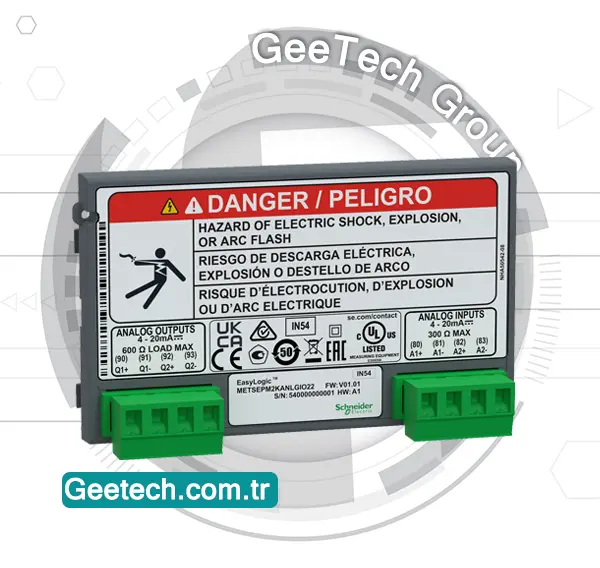
Key Features and Benefits:
Analogue Inputs:
- Provides 2 analogue inputs.
- Supports 4 to 20mA, allowing for precise measurement and monitoring of various parameters.
Analogue Outputs:
- Includes 2 analogue outputs.
- Each output can be associated with one of 40 instantaneous parameters.
- Supports 4 to 20mA, ensuring accurate and reliable output for diverse applications.
Configuration:
- Analogue inputs and outputs are set up and configured using the ION setup software utility tool, providing flexibility and ease of use.
Installation and Compatibility:
Attachment:
- The module attaches to the back of the meter, facilitating easy installation and integration.
- Provides connections for control power and interfacing bus, streamlining the setup process.
Device Support:
- Compatible with EasyLogic PM2130 and PM2230 devices.
- Each PM2130 or PM2230 meter can support one input/output option module.
Enhance your energy monitoring capabilities with the Schneider Electric EasyLogic PM2X30 I/O Module, ideal for adding analogue inputs and outputs to your EasyLogic PM2130 or PM2230 devices. This module provides the precision and flexibility needed for advanced monitoring and control in various electrical applications.
Frequently Asked Questions
How does a power monitor work?
✅ A power monitor measures electrical parameters such as voltage and current in real time. It uses sensors like current transformers (CTs) or Rogowski coils to collect data, then calculates power and energy consumption using internal processors. Advanced models, like Schneider’s PowerLogic meters, can transmit this data to energy management systems for analysis and reporting.
What is energy monitoring?
✅ Energy monitoring is the process of tracking and analyzing energy consumption in a building or facility. It helps identify patterns, inefficiencies, and opportunities to reduce energy costs. With the right tools, such as PowerLogic meters, users gain detailed insights into how, where, and when energy is being used.
Are power meters worth it?
Yes, power meters are a worthwhile investment for homes, commercial buildings, and industrial facilities. By monitoring energy usage, they help detect waste, improve energy efficiency, and lower electricity bills. For businesses, they also support sustainability goals and compliance with energy standards.
How do power meters work?
Power meters work by continuously measuring voltage and current, then calculating power (watts) and energy usage (kilowatt-hours). They provide detailed real-time data, and some models offer logging, alarms, and remote communication features for integration with building or energy management systems.
How PowerLogic meters from Schneider Electric stand out?
Schneider Electric’s PowerLogic meters offer high accuracy, scalability, and advanced features such as power quality analysis, data logging, and seamless integration with EcoStruxure™ software. They are ideal for energy monitoring, cost allocation, and preventive maintenance in critical energy applications.



















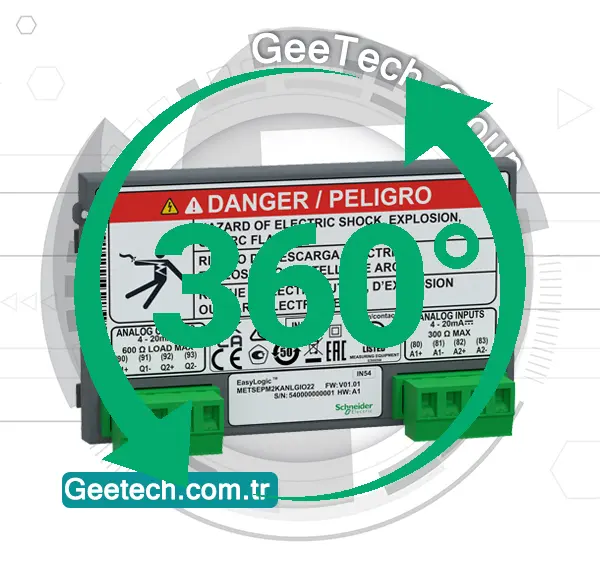
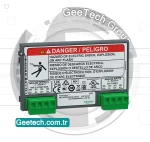

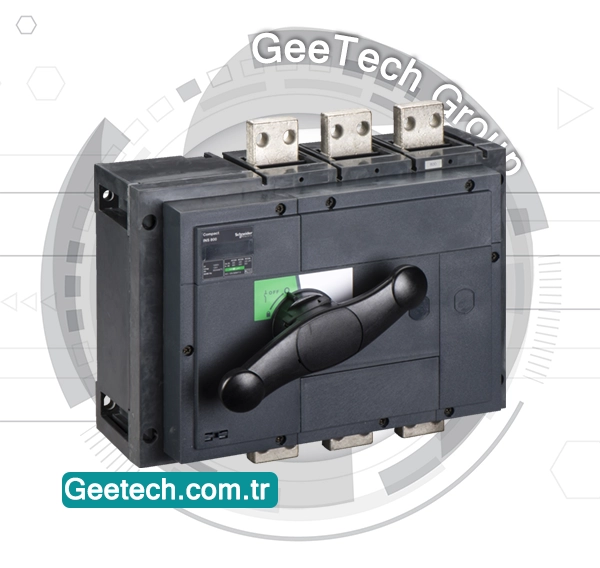
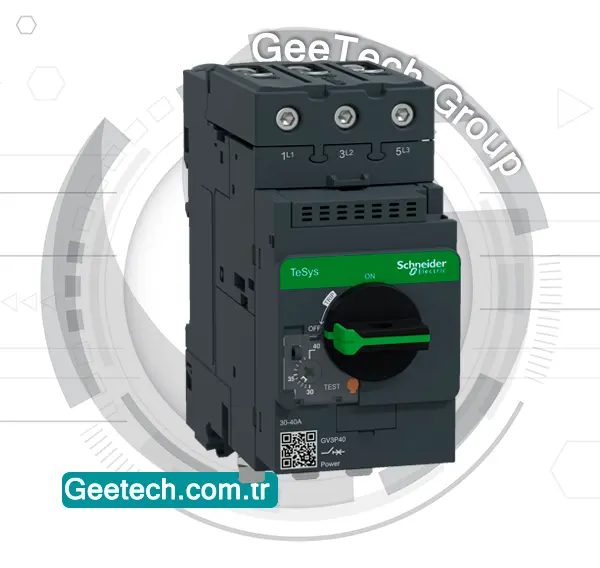
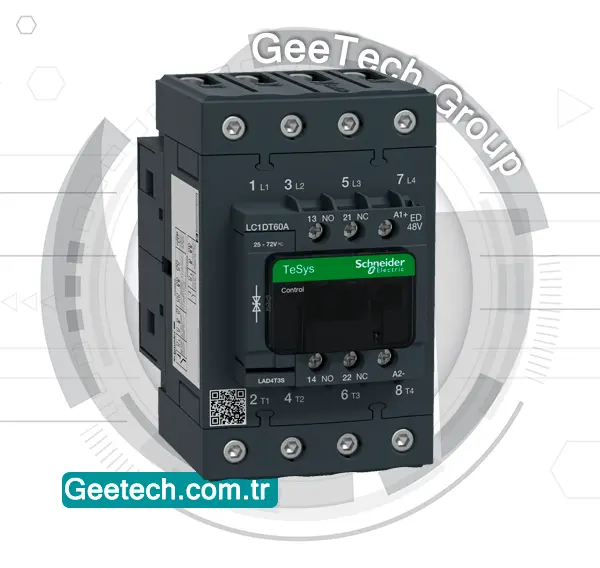
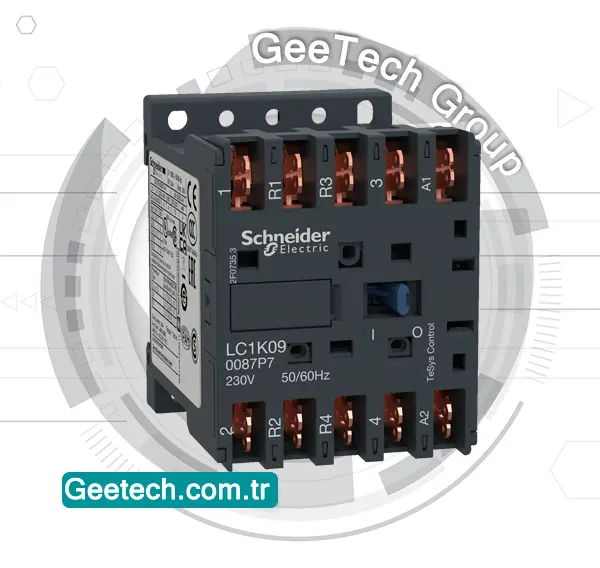

Reviews
There are no reviews yet.